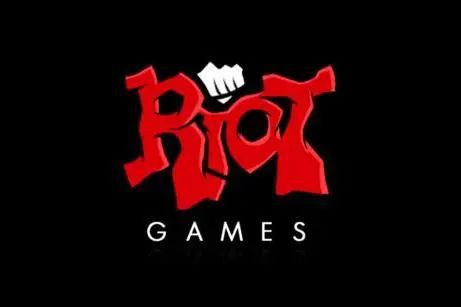Introduction to the Concept of Fist

The fist, a fundamental element of human anatomy and a symbol of power and strength, is a compacted hand used for striking or showing determination. In this article, we delve into the various aspects of the fist, from its physical composition to its cultural significance and its role in sports and self-defense.
Physical Composition of a Fist

A fist is formed by the bending of the fingers and the thumb, which are then brought together to form a compacted mass. The thumb wraps around the fingers, creating a tight seal that enhances the striking power of the fist. The palm of the hand, which is the broadest part, serves as the base from which the fist is propelled. The knuckles, the bony protrusions at the ends of the fingers, are the primary points of impact when striking with a fist.
Cultural Significance of the Fist

The fist has been a symbol of unity, power, and defiance throughout history. In many cultures, the clenched fist is a gesture of solidarity and strength, often seen during protests or demonstrations. It represents the collective power of a group or nation, as seen in the iconic image of the Black Power salute by Tommie Smith and John Carlos at the 1968 Olympics. The fist is also a symbol of resistance against oppression and injustice.
The Fist in Sports

In the realm of sports, the fist is a common symbol of victory and triumph. Boxers, for instance, often celebrate their victories by raising their fists in the air, symbolizing their dominance and strength. The fist is also a part of the cheerleader's repertoire, used to create a sense of unity and enthusiasm among the crowd. In martial arts, the fist is a fundamental tool for striking and self-defense, with various techniques and styles focusing on the power and precision of the fist.
The Fist in Self-Defense

In self-defense, the fist is a powerful tool for protection and retaliation. The ability to strike effectively with a fist is crucial in many self-defense techniques, such as boxing, judo, and Brazilian jiu-jitsu. The fist's compact structure allows for a concentrated force, making it an effective weapon against an attacker. Proper training and technique are essential to maximize the effectiveness of a fist in self-defense scenarios.
The Fist in Literature and Art

The fist has also found its way into literature and art, serving as a metaphor for strength, determination, and resilience. In many stories, the protagonist's journey is symbolized by the clenched fist, representing their unwavering resolve to overcome adversity. Artists have used the fist as a powerful visual symbol, capturing the essence of struggle and triumph in their work.
Conclusion

The fist, a simple yet powerful tool, has played a significant role in human history, culture, and daily life. From its physical composition to its symbolic significance, the fist continues to be a symbol of strength, unity, and resilience. Whether in sports, self-defense, or the arts, the fist remains an enduring testament to the human spirit's capacity for power and determination.










































